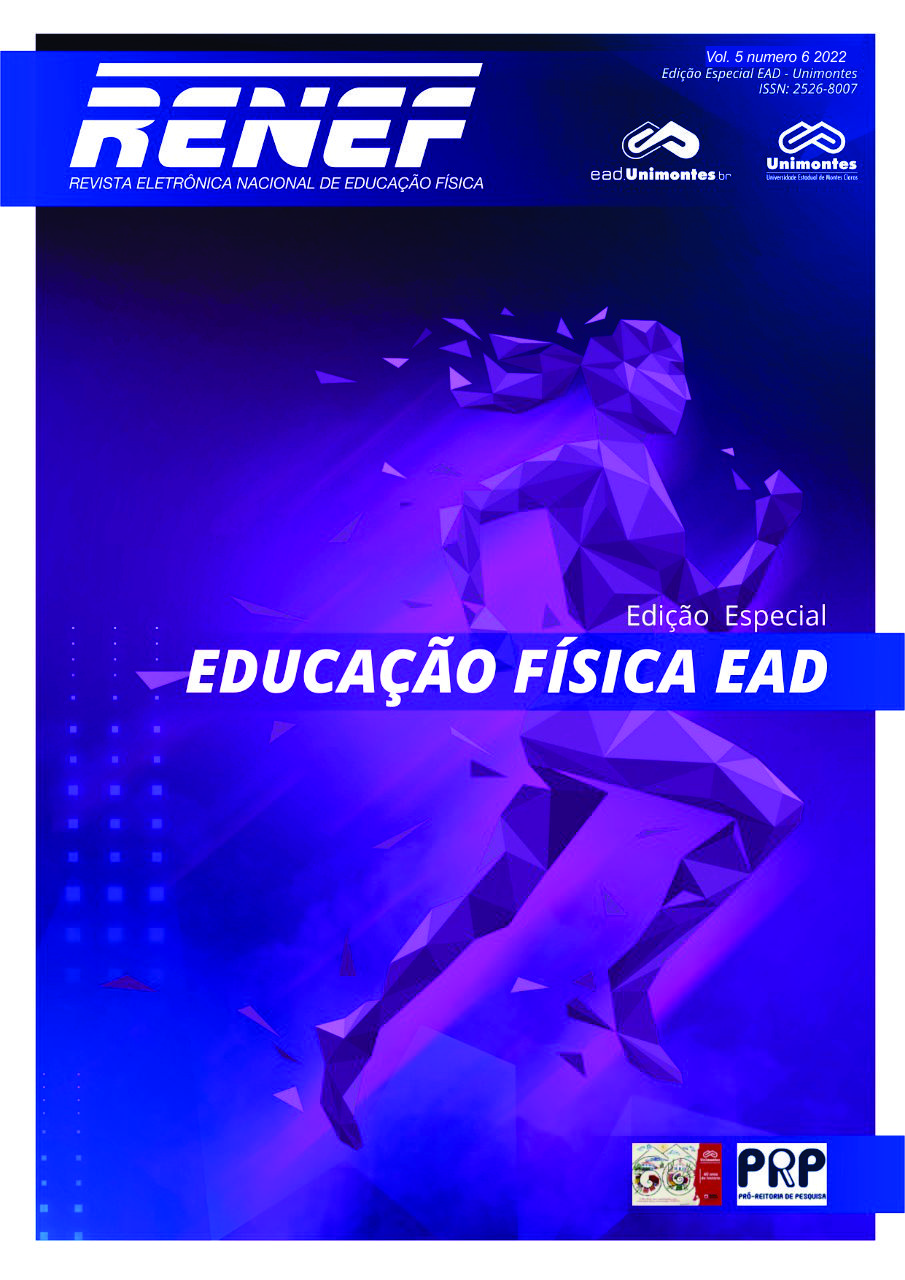O LÚDICO COMO INTERMEDIADOR DAS AULAS DE EDUCAÇÃO FÍSICA: A IMPORTÂNCIA DOS BRINQUEDOS E BRINCADEIRAS
Abstract
ABSTRACT
Playful activities are important, as they help in the harmonious evolution of the individual, especially in early childhood, as games and toys involve social interaction, in addition to developing affectivity and mental health. Playfulness contributes to the individual's overall development, facilitating the process of expression and construction of thought. In this context, this study aimed to describe play as an intermediary process of learning in Physical Education classes, with emphasis on toys and games. To achieve the proposed objectives, a research with bibliographic procedures, exploratory of a qualitative nature, was carried out. It is concluded that teaching in early childhood education in Physical Education classes should be associated with playing, because in play, the professional can pedagogically intervene in care and education actions between the child and knowledge, as the main indicator of learning among children it is the role they play while they play.
Key Words: Child education. Physical education. Playfulness. Cognitive Development. Motor development.
Downloads
References
AMADO, J. Brinquedos Populares: um patrimônio cultural da infância. Belo Horizonte: Editora UFMG, 2008.
BEZERRA, J. Processo de Socialização. Disponível em: https://www.todamateria.com.br/processo-de-socializacao/. Acesso em: 20 jun. 2022.
BRASIL. Secretaria de Educação Fundamental. Parâmetros curriculares nacionais: introdução aos parâmetros curriculares nacionais. Brasília: MEC/SEF, 1998.
CONCEIÇÃO, R. G. A importância dos jogos e brincadeiras na educação infantil. Disponível em: Webartigos.com/artigos/a-importancia-dos-jogos-e-brincadeiras-na-educação infantil/. Acesso em: 05 nov. 2021.
CRISTINA, B. Educação da criança de 0 a 5 anos: Pedagogia/ Marlizete Cristina Bonafini Steinle, Juliana Telles Faria Suzuki- São Paulo: Pearson PRENTICE Hall ,2009 .
DORNELLES, L. V.. O brinquedo e o jogo na educação infantil. IN: Espaço Escola: Unijuí, ano 4,n.19,1996,p.5-11.
FERREIRA, S.L. et al. Recreação e jogos. Rio de janeiro: SPRINT, 2001.
FRIEDMANN, A. et al. O direito de brincar: a brinquedoteca. São Paulo: Scritta-ABRINQ,1998.
GIL, A. C. Como Elaborar Projetos de Pesquisa. 5. ed. São Paulo: Atlas, 2010.
HKISCHIMOTO, T. M. Jogos tradicionais infantis: o jogo a criança e a educação. Petrópolis/RJ: VOZES,1993.
SELLTIZ, C.; WRIGHTSMAN, L. S.; COOK, S. W. Métodos de pesquisa das relações sociais. São Paulo: Herder, 1965.
SILVA, I. F. O brincar na educação infantil 3 a 4 anos. Disponível em: https://monografias.brasilescola.uol.com.br/pedagogia/o-brincar-na-educacao-infantil-3-4-anos.htm. Acesso em 6 mar. 2022.
VIGOTSKY L. S. A formação Social da mente. 6. ed. São Paulo: Martins Fontes, 1998.
Published
Versions
- 2022-07-29 (2)
- 2022-07-29 (1)


















